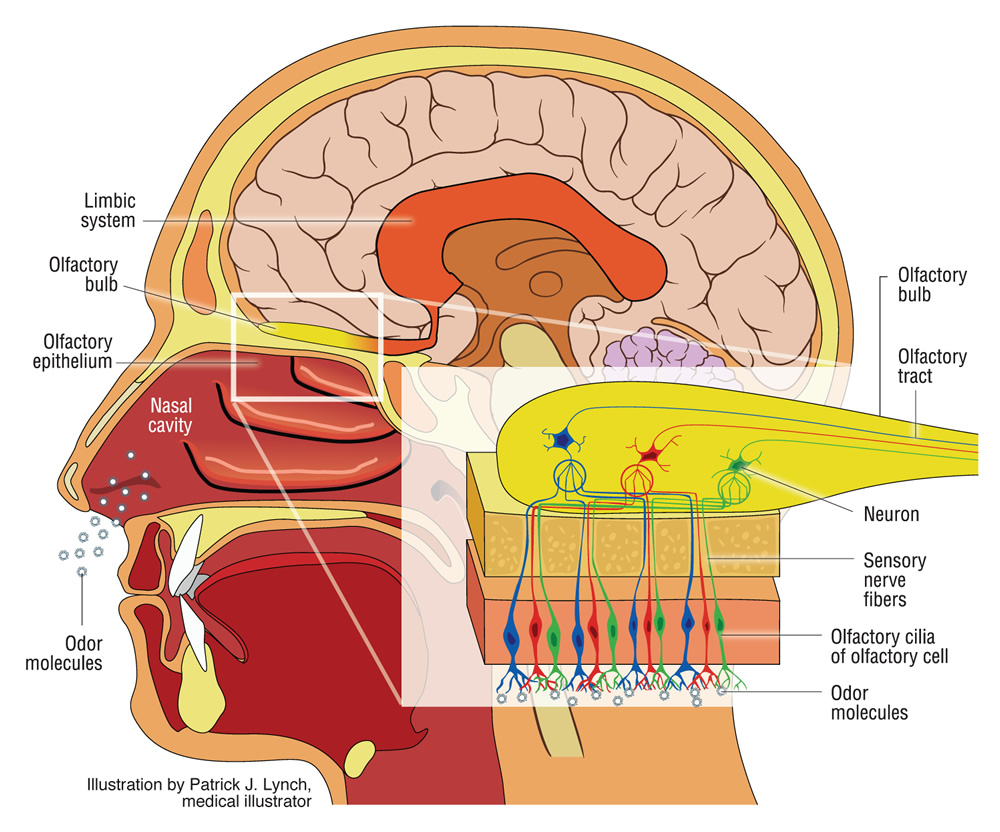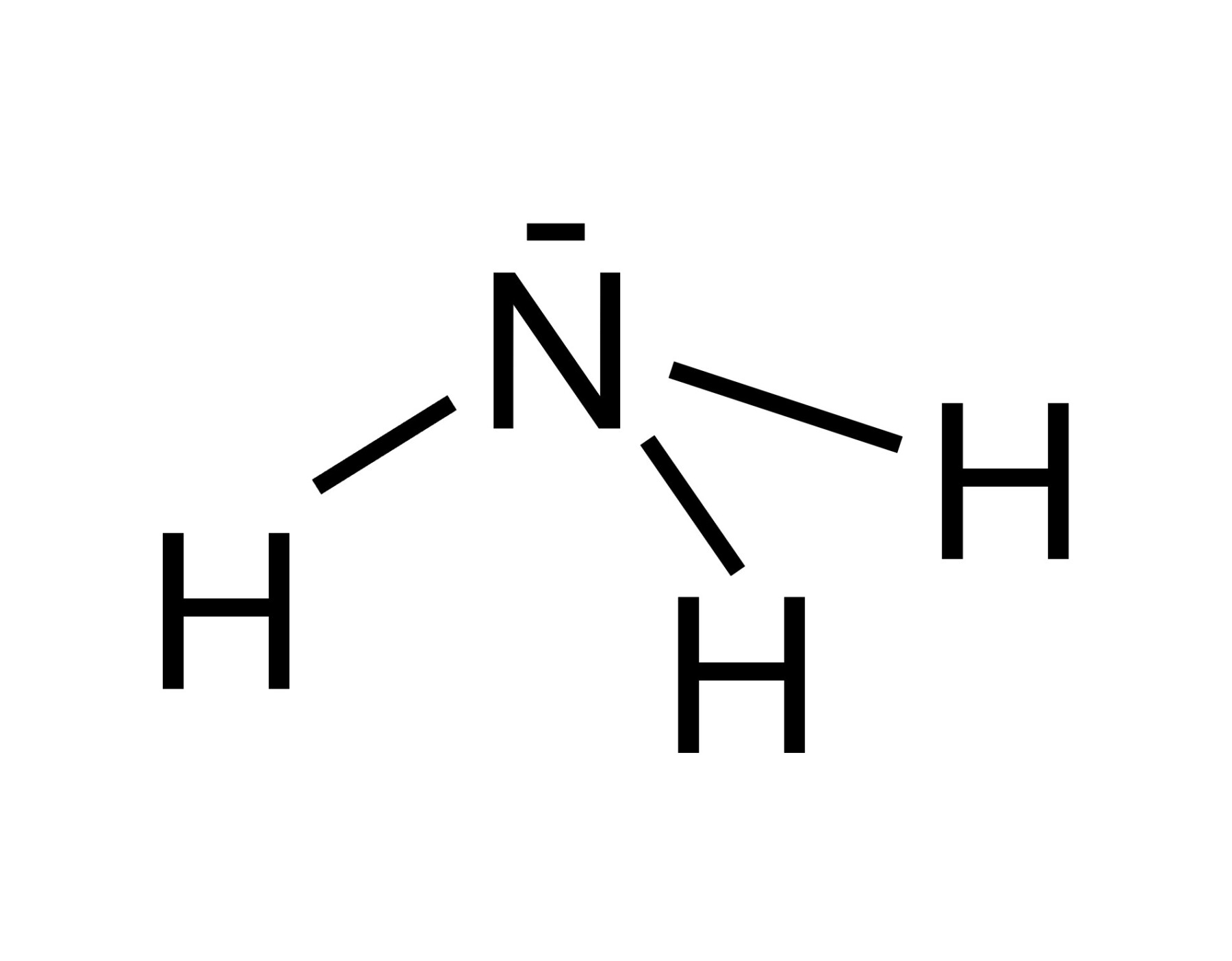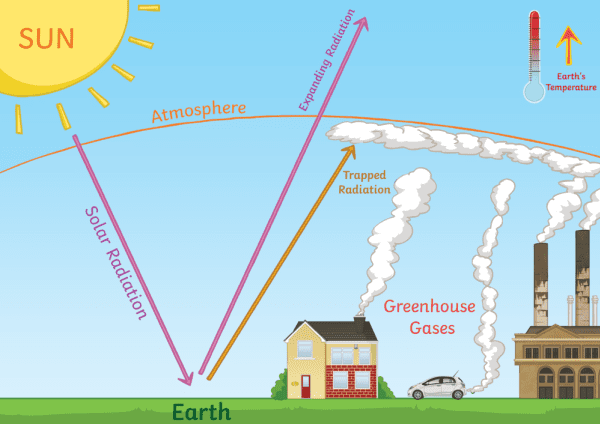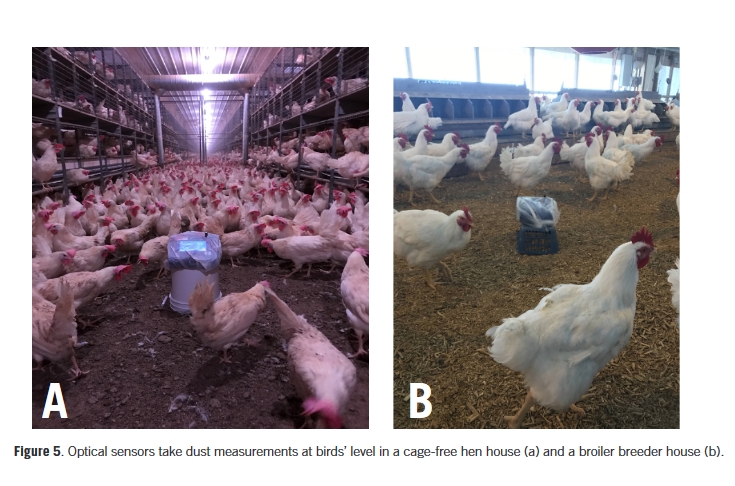-

The continuing urbanization of rural America combined with environmental regulation requires poultry producers to develop new approaches for meeting both increasing nuisance complaints and regulatory requirements. Strategically planting trees around poultry houses is a sound, practical, efficient, and cost-effective technology for addressing both issues.
-

The Clean Air Act of 1955 established specific National Ambient Air Quality Standards (NAAQS) for six compounds: carbon monoxide, ozone, particulate matter, sulfur dioxide, nitrogen oxides, and hydrocarbons. Subsequent reauthorization and amendments (especially in 1970) provided for uniform air quality standards and control of emissions from existing facilities. That is, the regional U.S. Environmental Protection…
-

The basic complaint associated with confined animal feeding operations is odor. Even though odor is generally more irritating than dangerous, it often evokes outrage from neighbors. Many growers who may previously have ranked odor among the least pressing of their problems are now encouraged to make it a priority. Odor, like flies, is ubiquitous and…
-

The effects of ammonia volatilization from litter can be significant at levels above 25 parts per million. It may adversely affect the birds’ growth rate, feed efficiency, and egg production; damage the respiratory track; and increase the birds’ susceptibility to a variety of avian diseases, including Newcastle disease, airsaculitis, Mycoplasma gallisepticum, and keratoconjunctivitis. Ammonia volatilization…
-

In recent decades, atmospheric concentrations of certain gases have increased rapidly to levels that have not been seen before. Greenhouse gases are those that can absorb and emit thermal radiation (heat) that would otherwise be lost into space. These gases can prevent heat from radiating or reflecting away from Earth and may result in global…
-

For an odor to be detected downwind, odorous compounds must be: (a) formed, (b) released to the atmosphere, and (c) transported to the receptor site. These three steps provide the basis for most odor control. If any one of the steps is inhibited, the odor will diminish . Many of the same compounds that cause…
-

The Fourth National Climate Assessment report, released in 2018, uses the highest estimates of greenhouse gas emissions (called RCP 8.5) of the Intergovernmental Panel on Climate Change to forecast substantial economic losses in the U.S. The section on agriculture warns that food and forage production will decline, soil and water resources will degrade, and human…
-
